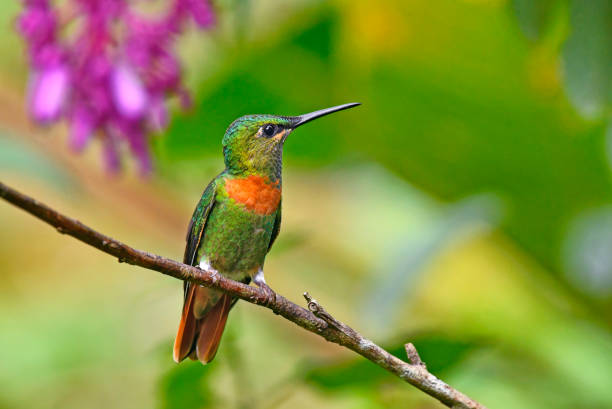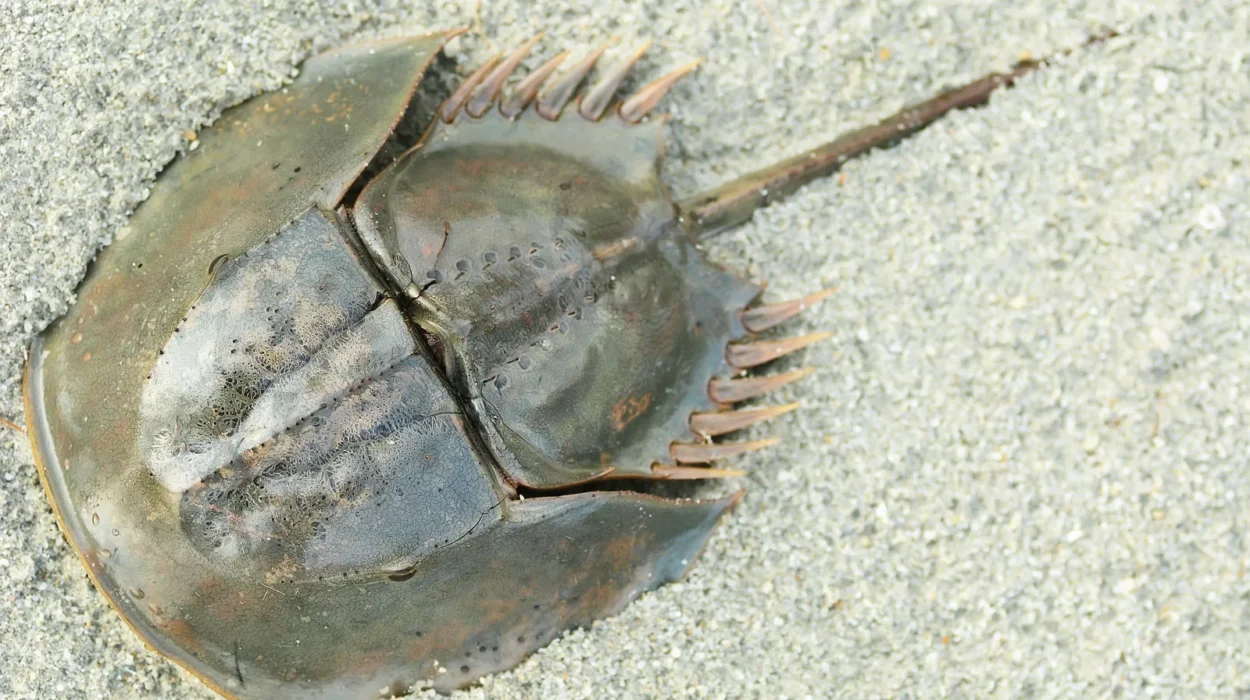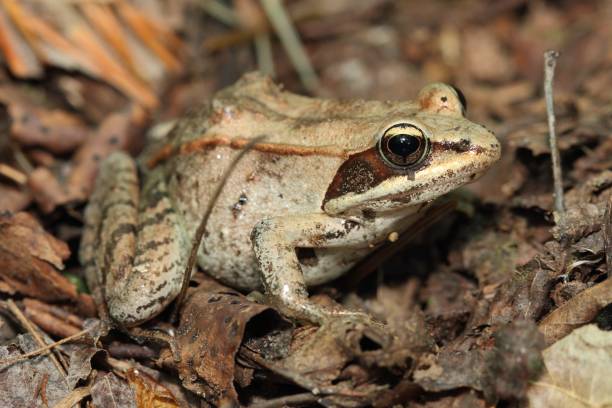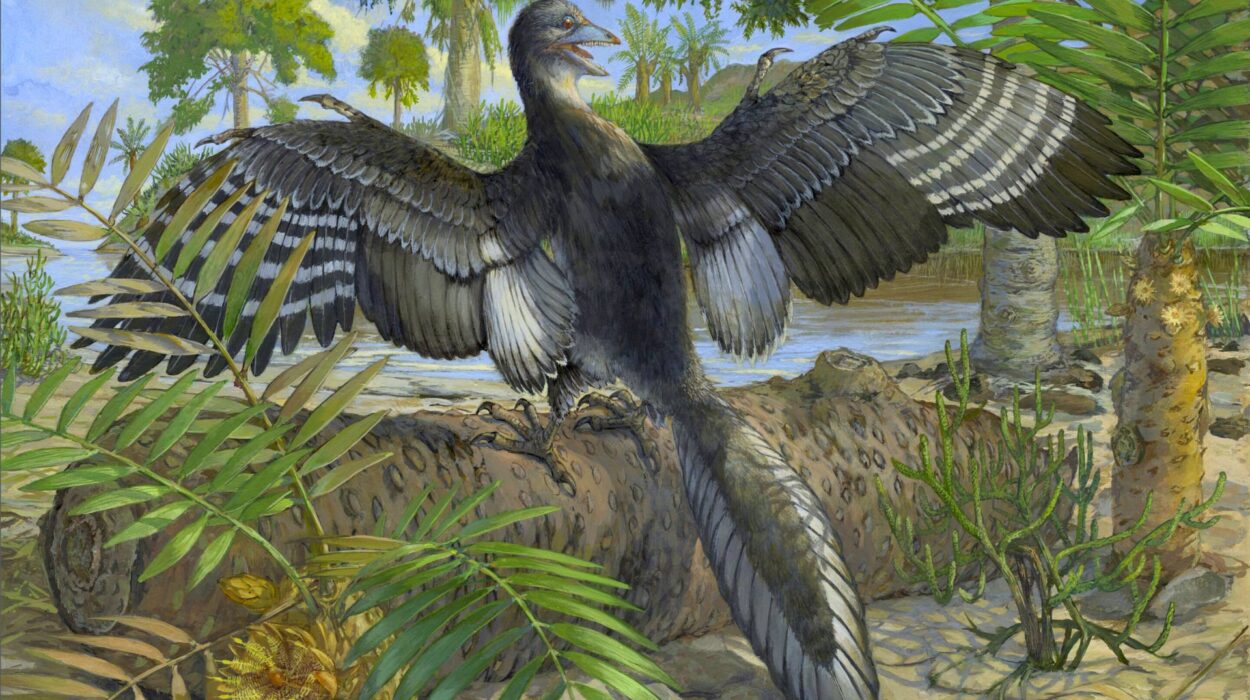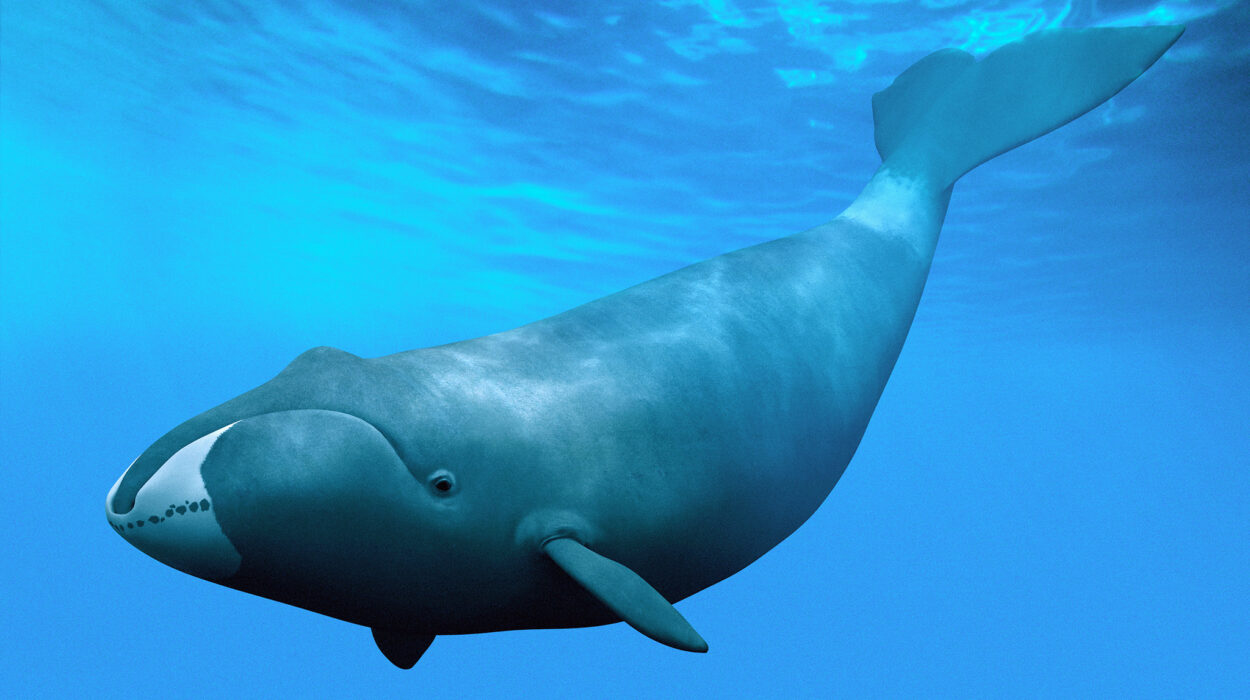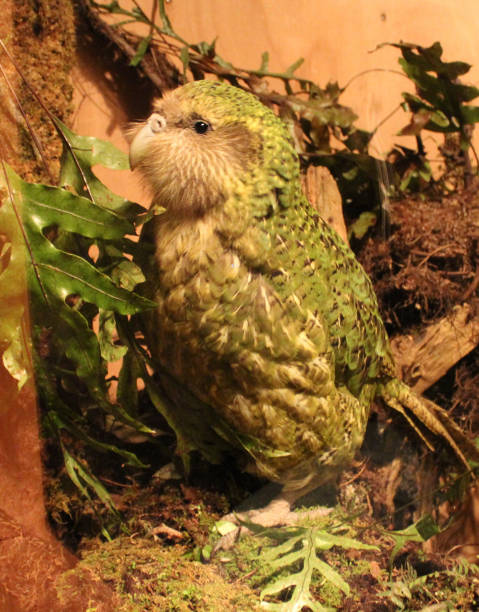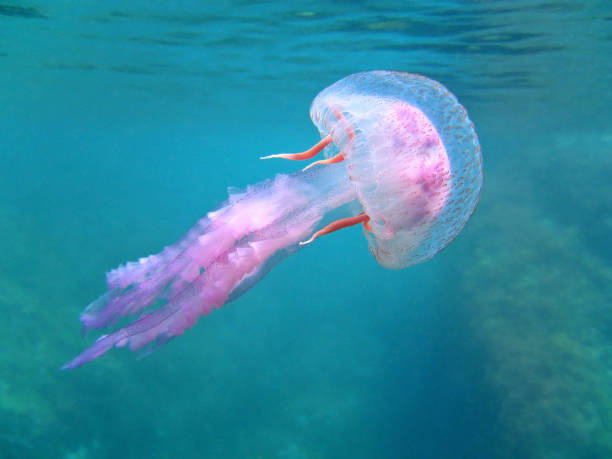Few things capture the imagination like the sight of a bird suspended in midair—wings beating so rapidly they blur into invisibility, body poised between motion and stillness. Flight is one of evolution’s most breathtaking miracles, but hovering and flying backward? That’s a whole new level of mastery.
For most birds, flight is forward motion—powerful, directional, and streamlined. Their wings are built to generate lift and thrust that push them ahead through the air. But a rare few have evolved the ability to defy that rule. They can hover motionless, even in place, and in some extraordinary cases, move backward through the air like a living helicopter.
This remarkable feat demands not only specialized wing mechanics but also immense muscular control, precision, and instinctive awareness of air currents. Each bird that possesses this skill tells a story about evolution’s genius—how survival, feeding, and adaptation have sculpted wings into instruments of perfect balance and power.
Here, we explore ten of the most extraordinary birds that can hover or fly backward—creatures that redefine what flight can mean in the natural world.
1. Hummingbird – The Master of the Air
If there is one name synonymous with hovering and backward flight, it is the hummingbird. These tiny jeweled wonders, native to the Americas, are the undisputed champions of aerial agility.
A hummingbird’s wings beat up to 80 times per second, depending on the species. This speed allows them to create lift not only on the downstroke (like most birds) but also on the upstroke—a unique adaptation that enables them to remain perfectly stationary in the air.
But that’s not all. Hummingbirds can fly backward, sideways, and even upside down for short bursts. Their flight patterns are so precise that scientists often compare them to miniature drones.
Behind this mastery lies an incredible anatomy. Their ball-and-socket shoulder joints give their wings a 180-degree range of motion. Combine that with massive pectoral muscles—making up nearly 30% of their body weight—and you have a creature engineered for aerial perfection.
When a hummingbird hovers before a flower, sipping nectar with its long tongue, it performs one of nature’s most elegant dances—a delicate balance between power and grace. And it does all of this while maintaining a heart rate that can soar to 1,200 beats per minute.
Hummingbirds are living poetry in motion, defying gravity with a precision no other bird can match.
2. Kestrel – The Falcon That Defies the Wind
While hummingbirds are the unrivaled masters of hovering, the kestrel—the small, agile falcon found across Europe, Asia, and North America—brings the skill to the world of raptors.
Perched high or soaring over open fields, a kestrel’s keen eyes scan the ground for movement. When it spots prey, it performs one of the most mesmerizing feats in the avian world—it hovers.
By facing into the wind and rapidly fluttering its wings, the kestrel maintains a fixed position in the air, using the wind’s lift to stay nearly motionless. Its tail feathers fan out to stabilize its body, while micro-adjustments of its wings allow it to counter turbulence.
This ability, often called “wind-hovering,” is a remarkable hunting adaptation. It allows kestrels to track and pinpoint rodents, insects, and small birds with deadly precision before diving in a lightning-fast strike.
Unlike the hummingbird, the kestrel’s hover depends partly on external wind currents. But its skillful control makes it appear as if it is defying the very laws of motion. It’s a predator suspended in time, an apex hunter using physics as a weapon.
3. Pied Kingfisher – The Hovering Fisherman
Across Africa and Asia, the Pied Kingfisher performs one of nature’s most breathtaking spectacles: hovering above the water before diving straight down to catch a fish.
Unlike most kingfishers, which prefer to perch before striking, the Pied Kingfisher hovers high above the surface. With rapid wingbeats and a keen eye, it locks onto its prey below, maintaining position even in shifting winds.
The secret lies in its wing speed and balance. Though not as fast as a hummingbird’s, the Pied Kingfisher’s wings beat about 10 times per second, allowing it to generate enough lift to counter gravity. Its ability to adjust wing angles mid-beat helps it stabilize without drifting.
Once it spots a fish, the bird folds its wings and dives with pinpoint accuracy, hitting the water like an arrow. It then resurfaces, prize in beak, ready to feed.
This hovering ability gives the Pied Kingfisher an edge over its relatives—it doesn’t need a perch or a branch. It can fish anywhere the opportunity arises. It’s an aerial fisherman, a marvel of adaptation that turns air and water into tools of survival.
4. Terns – The Ocean’s Hovering Hunters
Gliding over coastal waters, terns are among the most elegant of seabirds. Slender and graceful, they combine endurance with exquisite control. And though they are not true hoverers like hummingbirds, many tern species can hold position in midair, suspended momentarily above the waves before plunging for fish.
The Arctic Tern, for instance, performs short hovering bursts when it spots prey. It beats its long, pointed wings rapidly to counteract wind drag, using subtle tail adjustments to keep balance.
This skill is crucial for its feeding technique—spotting fish near the surface and diving at the right moment. Hovering helps it aim precisely, reducing wasted effort.
Terns have evolved for efficiency. Their lightweight bodies, long wings, and aerodynamic build allow them to spend most of their lives in the air. The Arctic Tern’s annual migration—from the Arctic to the Antarctic and back—is the longest of any animal on Earth, spanning up to 40,000 miles.
When a tern hovers, it’s not just hunting—it’s demonstrating the physics of perfection: lift, drag, and balance working together in seamless harmony.
5. Hawk Moth – The Bird Impersonator
Though not technically a bird, the Hawk Moth deserves mention because it mirrors avian flight with astonishing similarity. Observers have often mistaken it for a tiny hummingbird.
The Hawk Moth can hover effortlessly while feeding on nectar, beating its wings at high frequency and maintaining stability even in wind. Its hovering mechanics have fascinated scientists studying convergent evolution—the process by which unrelated species develop similar adaptations to solve the same problems.
Like hummingbirds, Hawk Moths use rapid wing oscillations to generate lift on both the upstroke and downstroke. They can even move backward when adjusting position near flowers.
In a poetic sense, the Hawk Moth reminds us that nature often repeats its genius—reinventing the same elegant solution in entirely different forms. While it’s an insect, its aerial grace mirrors that of the most skillful hovering birds.
6. Osprey – The Airborne Fisher
The Osprey, often called the “fish eagle,” is one of the most awe-inspiring raptors to watch in flight. Found near lakes, rivers, and coasts worldwide, this powerful hunter has perfected the art of hovering over water.
When searching for fish, the Osprey beats its long wings in slow, deliberate strokes, maintaining a steady position in the air. This allows it to focus intently on the shimmering surface below. Its head remains locked in place—a feat of muscular precision—while its wings adjust constantly to air pressure.
Once it identifies its target, the Osprey plunges feet-first into the water, talons extended. Its reversible outer toes and barbed pads help it grasp slippery fish with ease.
While not capable of true backward flight, the Osprey’s hovering ability is a remarkable adaptation for precision hunting. Watching one hover before its dive is like witnessing raw power held in delicate equilibrium—a masterclass in control and purpose.
7. American Kestrel – The Sky’s Little Hunter
The American Kestrel, North America’s smallest falcon, is a bundle of color and courage. Its hovering ability rivals that of its larger relatives, despite its small size.
When hunting, the kestrel positions itself against the wind, rapidly fluttering its wings to stay stationary. Its tail spreads wide, acting like a rudder to stabilize its body. This aerial pause allows it to scan for movement below—field mice, grasshoppers, or small reptiles.
The bird’s hovering technique is not just skill—it’s strategy. By staying aloft, the kestrel avoids alerting prey that would scatter if it landed nearby. Then, in a split second, it dives, talons outstretched, striking with astonishing accuracy.
Its mastery of air is both graceful and deadly, proving that even the smallest predators can command the skies with unmatched finesse.
8. Black-Shouldered Kite – The Ghost That Hangs in the Sky
Few sights in the open plains of Africa and Asia are as mesmerizing as the Black-Shouldered Kite suspended in midair—motionless, eyes fixed on the ground below.
This bird’s hovering is so steady that it appears frozen against the wind. Using rapid wingbeats and a fan-shaped tail, it maintains perfect balance, barely drifting even in strong gusts.
It uses this skill to locate small mammals and insects, often hunting during the golden light of dawn or dusk. The hovering gives it the advantage of time—time to calculate distance, to choose the precise moment for descent.
The Black-Shouldered Kite embodies calm power. Where other predators rely on speed, it relies on patience, waiting in midair like a ghostly sentinel before delivering swift justice to its prey.
9. Kingfisher (Common and Belted) – The Precision Hoverer
Though not all kingfishers hover, several species—especially the Common Kingfisher in Europe and the Belted Kingfisher in North America—use hovering as a critical part of their hunting strategy.
These birds often hover above rivers and streams, maintaining a perfect aerial balance as they search for fish. Their rapid wingbeats create the illusion of stillness, allowing them to fix their gaze on the water’s surface without distortion.
Once the target is sighted, the kingfisher dives in a flash of color, entering the water almost without a splash. Its vision is specially adapted to adjust for refraction, enabling pinpoint accuracy.
Hovering is energy-intensive, so they perform it only briefly. But in those few seconds, they become avatars of precision—masters of both air and water.
10. Eurasian Hobby – The Agile Acrobat
Sleek, fast, and fearless, the Eurasian Hobby is a small falcon known for its breathtaking aerial agility. While it spends most of its time in forward flight, chasing insects and small birds, it’s capable of brief hovering maneuvers during its hunts.
When preying on dragonflies or bats, the Hobby can stall midair, adjusting its wing angles to stay momentarily suspended before striking. Its wings are long and scythe-shaped, optimized for speed but also capable of delicate maneuvers.
Its control in the air is extraordinary—it can twist, brake, and hover just long enough to make precise attacks. Watching a Hobby hunt is like watching an aerial ballet, every move a fusion of instinct, physics, and elegance.
The Science of Hovering and Backward Flight
Hovering demands a perfect balance of physics and physiology. Birds must generate lift equal to their body weight while maintaining position relative to the ground. This requires constant adjustments in wing angle, speed, and direction.
In hummingbirds, the secret lies in symmetrical wingbeats—they generate lift on both strokes. In kestrels and kites, hovering depends on facing into the wind, using its energy to stay aloft with minimal effort.
Flying backward adds another layer of complexity. It requires reversing the usual flow of aerodynamic forces while maintaining lift. Only hummingbirds, with their rotating shoulder joints and incredible wing control, can do this naturally.
Every species that hovers or reverses flight is performing a high-wire act—an ongoing negotiation with gravity and air, powered by evolutionary genius.
The Emotional Power of Flight
When we see a bird hover or move backward through the air, we’re witnessing more than biomechanics—we’re seeing defiance of limitation. It’s a living symbol of adaptability, grace, and freedom.
In the delicate hum of a hovering hummingbird or the poised stillness of a kestrel, there’s something profoundly human. It mirrors our own desire to master what seems impossible, to rise, to balance, to move freely in all directions.
Hovering birds teach us that control is not about force—it’s about harmony. It’s the art of listening to the invisible currents and moving with them, not against them.
The Final Word
From the hummingbird’s jewel-like brilliance to the kestrel’s steady patience, these birds show us that the sky is not merely a space to cross—it is a realm to command, to dance within, to hover between worlds.
Each wingbeat tells a story written in air: of evolution, survival, and grace. They remind us that even in motion, stillness is possible. And that sometimes, the most beautiful journeys are the ones where we don’t move forward at all, but simply hang suspended—weightless, timeless, and utterly alive.
